Slitting and rewinding machine is a key equipment in packaging, printing, film and other industries, and its operation stability directly affects production efficiency and product quality. The following is a systematic summary of common fault diagnosis and solutions for engineers' reference:
First, material-related failures
1. Wrinkles/creases on the surface of the coil
◦ Causes: uneven tension, deviation of the parallelism of the guide rollers, insufficient air pressure (air shaft), uneven thickness of the material itself.
◦ Solution:
▪ Check and adjust the unwinding/rewinding tension gradient (increasing or decreasing step by step).
▪ Calibrate the parallelism of the guide rollers with a spirit level (error ≤ 0.05mm/m).
▪ Clean or replace the air expansion shaft airbag to ensure that the air pressure ≥ 0.6MPa.
2. Fracture of the edge of the material
◦ Causes: passivation of the slitting knife, deviation of the angle of the tool holder, brittleness of the material (such as BOPP film).
◦ Solution:
▪ Replace the round blade (it is recommended to check the sharpness of the knife edge every shift).
▪ Adjust the blade tilt angle (usually between 15°-25°).
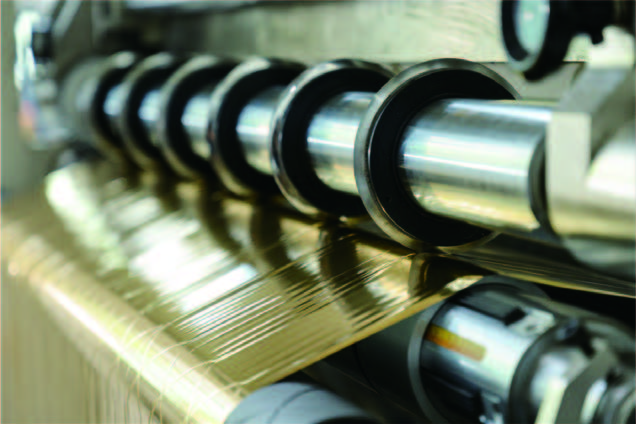
Second, mechanical transmission failure
1. Uneven winding (chrysanthemum pattern)
◦ Causes: core eccentricity, uneven pressure of the pressure roller, EPC deviation correction failure.
◦ Solution:
▪ Use a dial gauge to detect core radial runout (standard ≤ 0.02mm).
▪ Calibrate the linear pressure of the roller (tested by a pressure distribution meter).
▪ Clean the EPC photoelectric sensor and check the cylinder response speed (normal ≤0.1s).
2. Abnormal vibration of the device
◦ Causes: Bearing wear (especially slitting shaft bearings), balance failure, loose foundation.
◦ Solution:
▪ Use the listening stick to determine the position of the abnormal noise, and replace high-precision bearings such as SKF/NSK.
▪ Dynamic balance correction for high-speed rollers (>800m/min) (G2.5 standard).
Third, electrical control system failure
1. The tension fluctuates greatly
◦ Causes: Encoder signal interference, PLC PID parameter drift, brake slippage.
◦ Solution:
▪ A magnetic ring filter is installed, and the encoder wire is changed to a twisted-pair shielded wire.
▪ Retune the PID parameters (proportional band recommended initial value of 40%-60%).
▪ Check the magnetic particle brake clearance (standard 0.3-0.5mm) and replace the expired magnetic particle.
2. The human-machine interface (HMI) is unresponsive
◦ Cause: communication module failure, power supply voltage fluctuation, program jamming.
◦ Solution:
▪ Restart the PLC (pay attention to the backup parameters) and check the stability of the 24V power supply (fluctuation ± less than 5%).
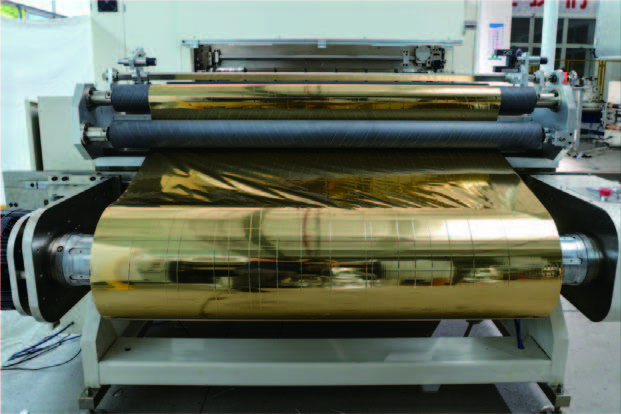
Fourth, the tool system failure
1. Slitting burrs/dust
◦ Causes: Mismatch of blade material (e.g., tungsten steel knife is required for cutting PET), improper overlap of upper and lower knives.
◦ Solution:
▪ Choose the tool according to the hardness of the material (refer to the Mohs scale).
▪ Adjust the amount of overlap (typically 10%-20% of the thickness of the material).
2. Automatic sharpening fails
◦ Causes: Worn grinding wheels, overloaded feed servos.
◦ Solution:
▪ Replace the CBN grinding wheel (120-180 grit size recommended).
▪ Check the servo motor current (within ±15% of the rated value).
Fifth, hydraulic/pneumatic failure
1. The pressure roller is stuck in the lifting and stagnation
◦ Causes: aging of cylinder seals, blockage of solenoid valves, and insufficient lubrication of guide rails.
◦ Solution:
▪ Use a high-temperature sealing ring (e.g. fluoroelastomer).
▪ Clean the SMC/FESTO solenoid valve and confirm the oil supply to the lubricator (3-5 drops/min).
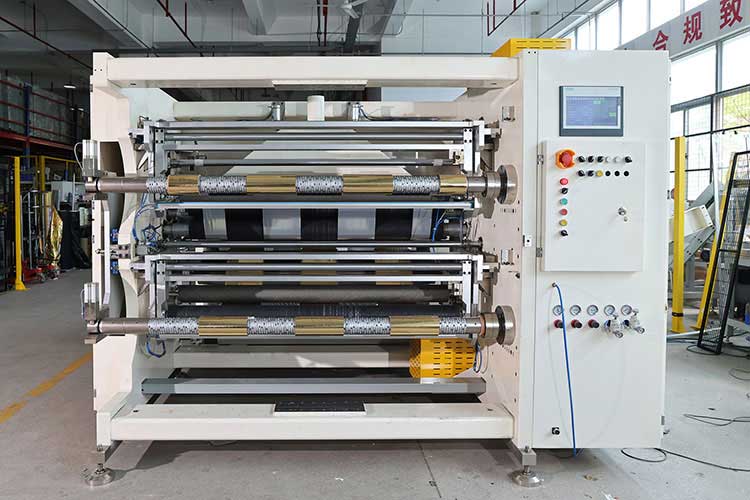
Sixth, preventive maintenance recommendations
1. Daily spot check: check the barometer, tension display value, and tool status.
2. Monthly maintenance: lubricate the linear guide (using ISO VG68 lubricating oil) and calibrate the sensor.
3. Annual overhaul: change of gear gear oil (Mobilgear 600XP recommended), full calibration of the control system.
Typical case: The winding serpentine misalignment problem of a PE film production line was finally found to be due to the stain on the EPC correction mirror, which caused the photoelectric signal to attenuate (the misalignment was reduced from ±5mm to ±1mm after cleaning).
Through systematic diagnosis and precise maintenance, the failure rate of the slitter rewinder can be significantly reduced (empirical data: downtime is reduced by more than 60%). It is recommended to establish a device health file and record the historical curves of key parameters for trend analysis.
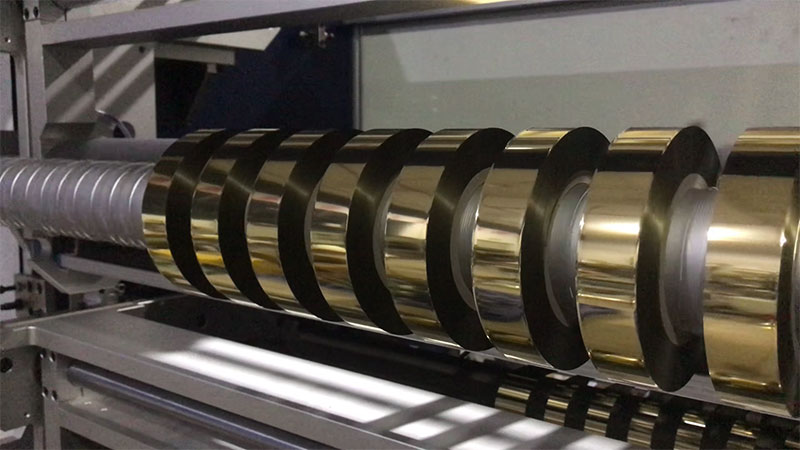 Key points of long-term reliability evaluation of hot stamping foil slitting machine: How to protect investment safety on the blade?
Key points of long-term reliability evaluation of hot stamping foil slitting machine: How to protect investment safety on the blade?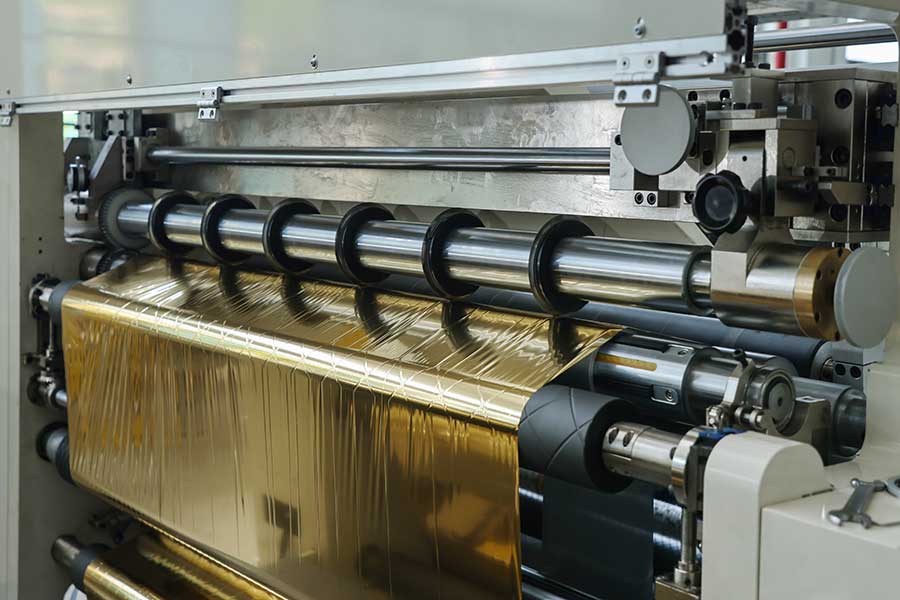 Real user feedback: Reliability challenges and countermeasures in the production of hot stamping foil slitting machines
Real user feedback: Reliability challenges and countermeasures in the production of hot stamping foil slitting machines Simplifying the complex: when the hot stamping foil slitting machine learns to "think"
Simplifying the complex: when the hot stamping foil slitting machine learns to "think"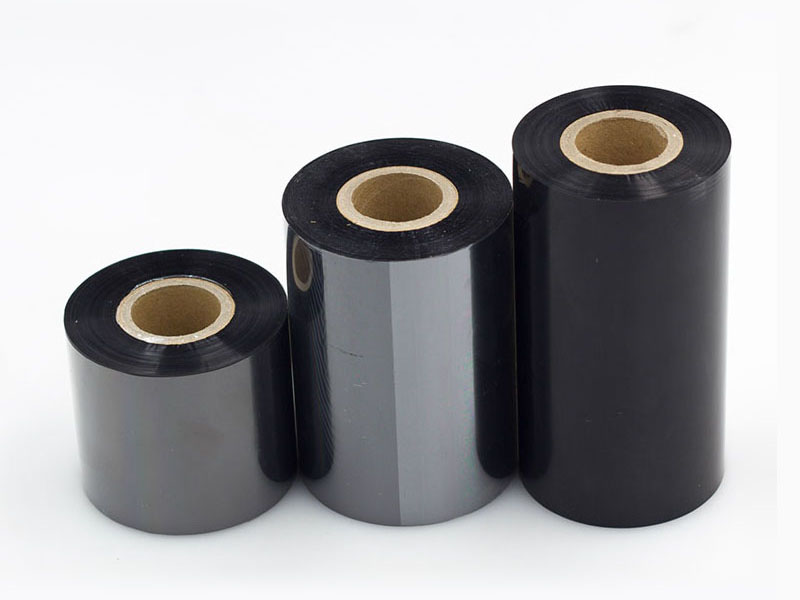 Long-term reliability maintenance guide for ribbon slitting machines
Long-term reliability maintenance guide for ribbon slitting machines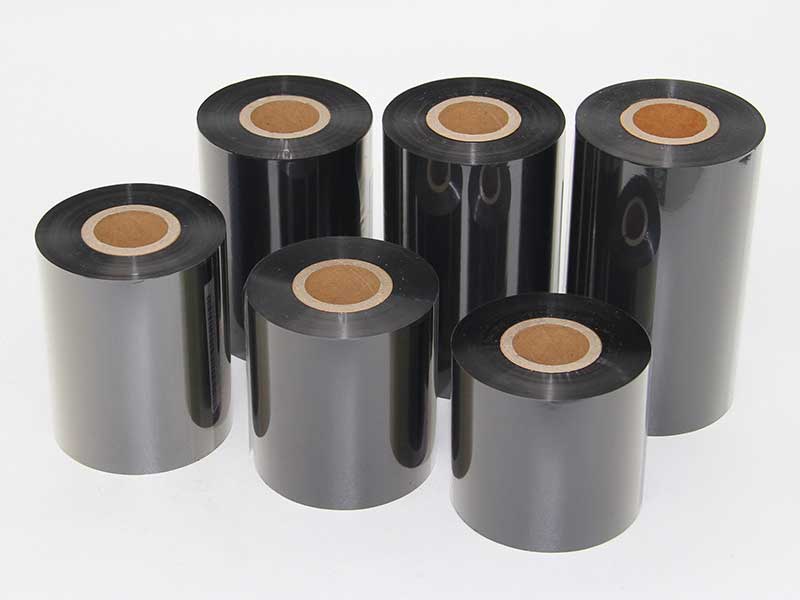 One-Click Operation: How the Convenience of Ribbon Slitting Machines Reshapes Workflows
One-Click Operation: How the Convenience of Ribbon Slitting Machines Reshapes Workflows